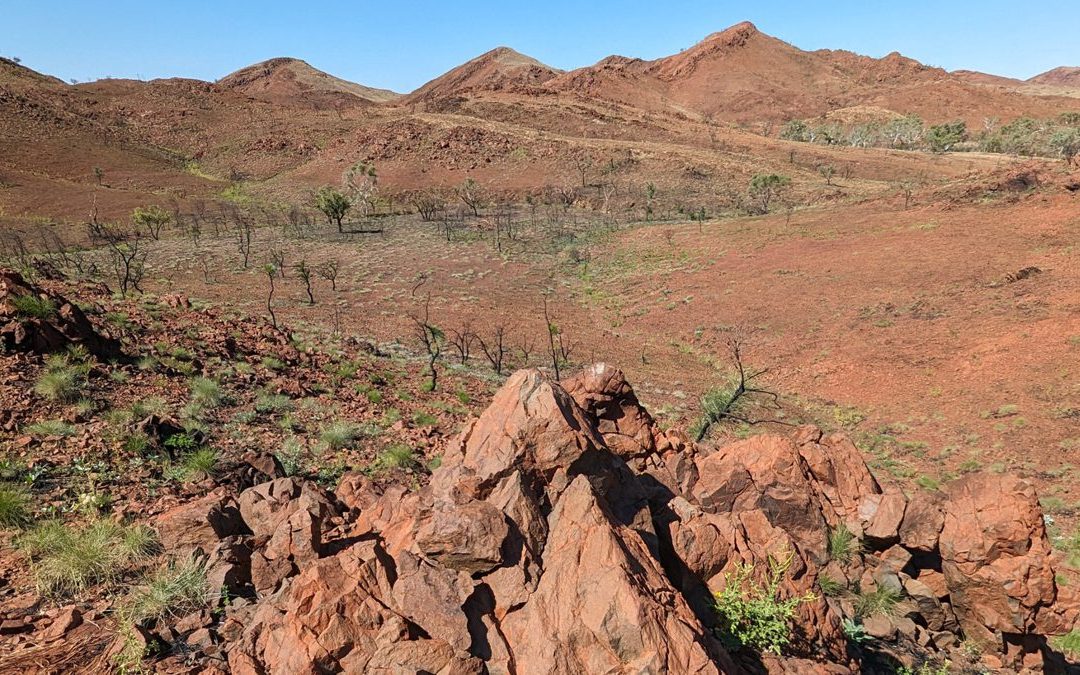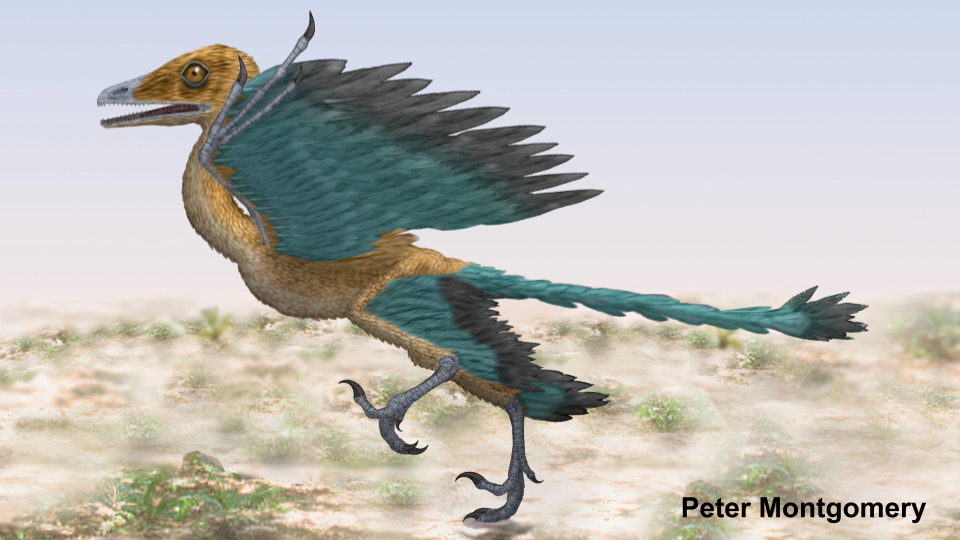Image of an Eagle of Big Bear Observatory shown with a plot of how birds affect light measurements. There are a lot of really solid scientists putting thought and observational time toward looking for life orbiting other stars. From searching for biosignatures in atmospheres to looking for technosignatures like radio signals or laser pulses, researchers are looking in a variety of ways. While this hasn’t found us definitive evidence of alien life, it has found some weird things, including, most recently, some super high-speed pulses in the light of sun-like stars. Retired JPL astronomer...












